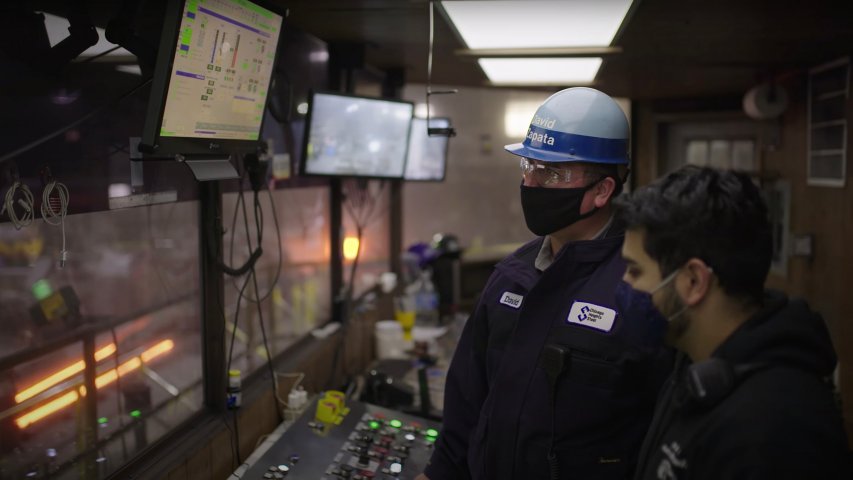Who Needs Lockout/Tagout Training?
According to OSHA standard 1910.147(c)(7), all authorized and affected employees must receive appropriate lockout/tagout training from their employer.
- Authorized employees perform maintenance or service on equipment. Because of their role, they are responsible for locking the machine and tagging it out.
- Affected employees operate or work near equipment that may require lockout/tagout. However, they are not responsible for maintaining or servicing the machinery.
Training should clarify the differences between authorized and affected employees, so that all personnel understand what they are supposed to do. Each group of employees has specific responsibilities, which means they have different training needs.
Authorized employee lockout/tagout training
Authorized employees are the ones using lockout/tagout to help protect themselves, so as a result they must understand how to implement lockout/tagout and its importance. As part of their lockout/tagout training, OSHA requires authorized employees to know what types of energy exist, where those energy types are available in the workplace, and the hazards associated with each type of energy. This gives them a solid understanding of the risks involved in servicing or maintaining equipment.
Authorized employees also must learn how to isolate each type of energy source so they can confirm it is correctly controlled. In addition, authorized employees must recognize hazardous energy sources and understand how they are labeled inside a plant so they can be prepared to work with them.
Affected employee lockout/tagout training
It is more straightforward to train affected employees. They only must understand how to recognize when a machine is locked-out and the significance of the locked-out state. Most critically, these employees must understand that they cannot interfere with any equipment once it has been locked out.
Who qualifies as an affected user can vary from one facility to another. However, in general, any employee who might reasonably pass through an area that includes a locked-out piece of equipment can benefit from lockout/tagout training, so that they understand this crucial safety procedure.
Why is Lockout/Tagout Training So Important?
OSHA started mandating lockout/tagout training as a response to the number of workplace accidents that resulted in serious injuries and deaths.
Since it was first implemented in 1989, there has been a noticeable decrease in workplace injuries and deaths. In fact, lockout/tagout procedures are credited with helping prevent an estimated 120 fatalities and 50,000 injuries per year.
Has it been a while since you updated your lockout/tagout training? Performing an annual lockout/tagout audit can help you identify weak spots so you can improve your procedures.
Rockwell Automation can help your facility develop a lockout/tagout training program and manual that works best for your organization. Contact us today to get connected with a lockout/tagout specialist.






